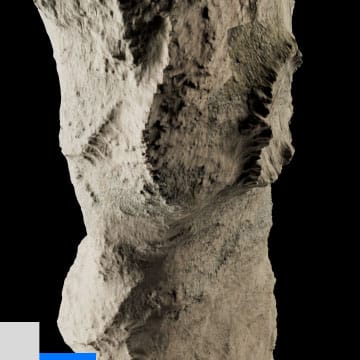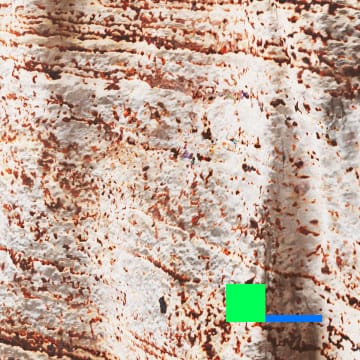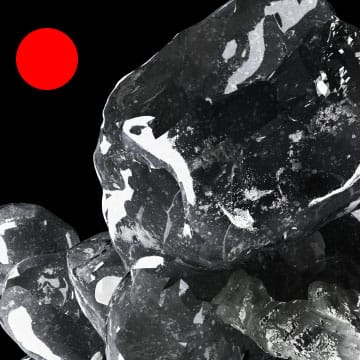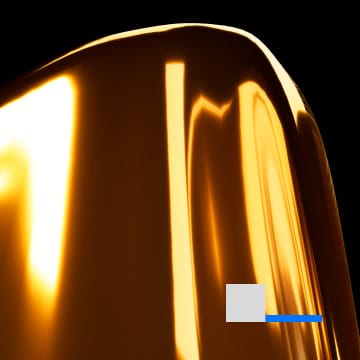hyperbolic orbit, orbital eccentricity of e ≈ 1.2, extremely open and curved nearly perpendicular entry to the orbital planes of the planets in the solar system at 25.5 km/s, coming from the direction of the constellation Lyra crosses the ecliptic plane on Sep 2, 2017 reaches perihelion 7 days later at a distance of 24 million km/0.16 AU from Earth on Oct 14, 2017
Hi Adam, This thing is strange! Verified: atypical size, axis ratio of 5:1. No thermal radiation, but extreme brightness variations with periods from 6.9 to 8.3 h. Surface is smooth, shiny metallic. Moving away rapidly, about 95,000 km per h. Preliminary classification C/2017 H19. Are you onboard?
Best regards, Kaiko
Hey Kaiko, Are you kidding, a cigar-shaped chunk tumbling through space?! My best guess is an asteroid made of rock containing reflective metals. Btw: Congratulations, Stefens!
Kind regards, Adam
PS: Just message me if you find anything new.

Hey Adam, Kaiko here. Hubble and ESO’s VLT observed a propulsion of the object that cannot be explained by gravity.
An anomalous acceleration?
Its thrust decreases the farther it is from the sun.
The emission of gas by heat would be unthinkable for a completely inactive asteroid, but typical for a comet. What is the extent of the coma or tail?
Negative. Neither gas nor dust envelope, no dust particle has been detected. Thus ruled out as a comet by definition.
Damn it, Stefens! Now you can name the thing after yourself 😜
LOL

Red surface of D-type, but not even cyanide has been ascertained.
Maybe the object consists of matter whose evaporation is invisible to our telescopes, like solid nitrogen.
An interstellar nitrogen iceberg?
Or part of one that flaked off somewhere outside our solar system from a Pluto-like planet or its crust. At perihelion, it could have melted down to a sliver.
All the nitrogen ice in the universe wouldn’t be enough to make our object from it.
Also, this ejection would certainly have resulted in a different rotation.
So false, unfortunately.

Maybe it’s not pushed forward like a rocket, but by solar photons?
Then it would have to be extremely light, measured by its surface.
Like an oversized cloud of dust and rock produced by a busted-up comet from outside our solar system.
Or maybe it isn’t three-dimensional, but an object of extremely porous structure with a “curved” dimension?
Similar to a “fracture”, a fern leaf or a snowflake.
A hypothesis that shouldn’t be yet excluded.

Instead of being porous, the object could also be very thin in order to use the radiation pressure of the sun.
It would have to be shaped like a sheet of paper, possibly rolled.
A filigree foil, such as a sunsail, could travel a distance of 16,000 light years.
It could even survive the expected bombardment of interstellar particles without damage.
Ergo, an artificial-extraterrestrial origin of the object could be within the realm of possibility?
Yes, acceptable given its anomalies. Even if I personally prefer a priori a more theoretically probable scenario.

“I follow the maxim of Sherlock Holmes. When you have excluded the impossible, whatever remains, however improbable, must be the truth.”
